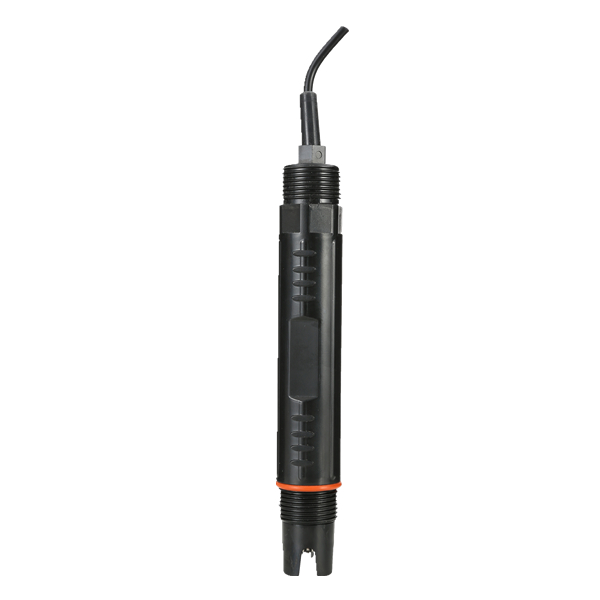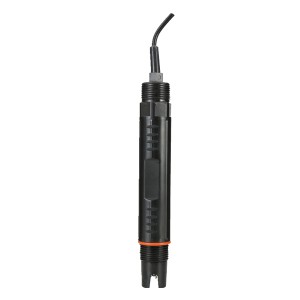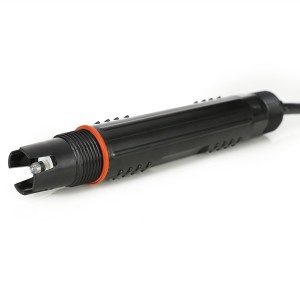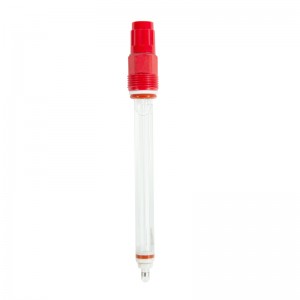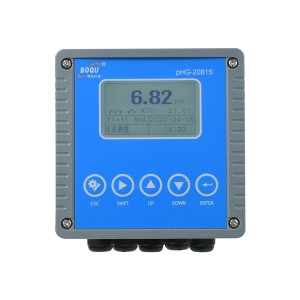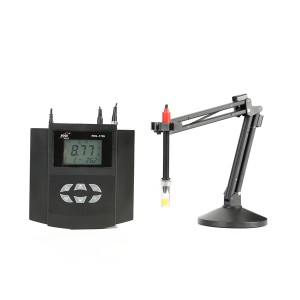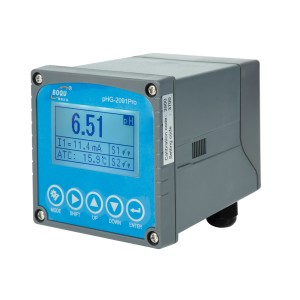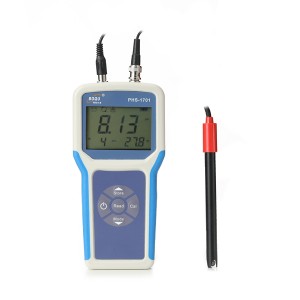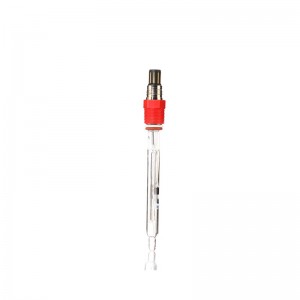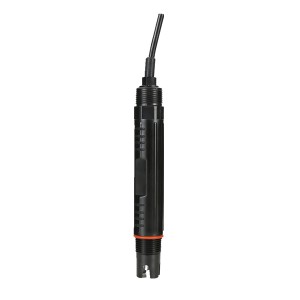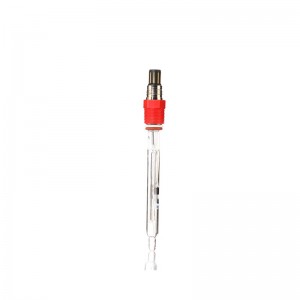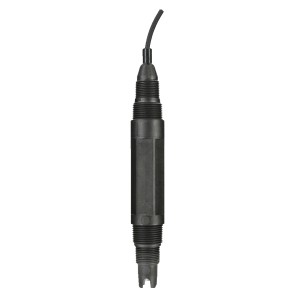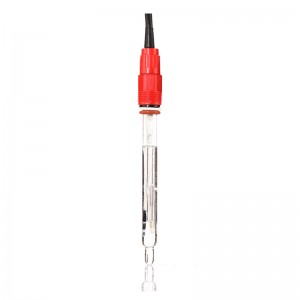Features
1. It adopts the world-class solid dielectric and a large area of PTFE liquid for junction, difficult to block and easy to maintain.
2. Long-distance reference diffusion channel greatly extends the service life of electrodes in the harsh environment.
3. There is no need for additional dielectric and there is a little amount of maintenance.
4. High accuracy, fast response and good repeatability.
Technical Indexes
| Model No.: ORP8083 ORP Sensor | |
| Measuring range: ±2000mV | Temperature range: 0-60℃ |
| Compressive strength: 0.6MPa | Material: PPS/PC |
| Installation Size: Upper and Lower 3/4NPT Pipe Thread | |
| Connection: Low-noise cable goes out directly. | |
| It is used for the oxidation reduction potential detection in medicine, chlor-alkali chemical, dyes, pulp & | |
| paper-making, intermediates, chemical fertilizer, starch, environment protection and electroplating industries. | |

What is ORP?
Oxidation Reduction Potential (ORP or Redox Potential) measures an aqueous system’s capacity to either release or accept electrons from chemical reactions. When a system tends to accept electrons, it is an oxidizing system. When it tends to release electrons, it is a reducing system. A system’s reduction potential may change upon introduction of a new species or when the concentration of an existing species changes.
ORP values are used much like pH values to determine water quality. Just as pH values indicate a system’s relative state for receiving or donating hydrogen ions, ORP values characterize a system’s relative state for gaining or losing electrons. ORP values are affected by all oxidizing and reducing agents, not just acids and bases that influence pH measurement.
How is it used?
From a water treatment perspective, ORP measurements are often used to control disinfection with chlorine or chlorine dioxide in cooling towers, swimming pools, potable water supplies, and other water treatment applications. For example, studies have shown that the life span of bacteria in water is strongly dependent on the ORP value. In wastewater, ORP measurement is used frequently to control treatment processes that employ biological treatment solutions for removing contaminants.

